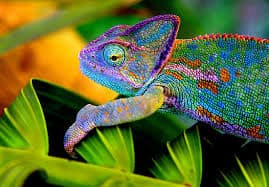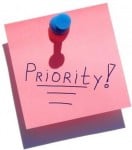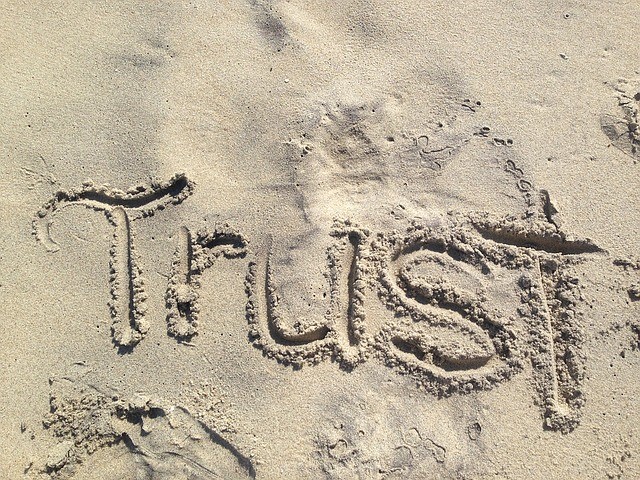Me by Another Name: How to Broaden your Leadership Footprint
The Scorpion and the Frog
A Scorpion and a Frog meet on the bank of a stream and the Scorpion asks the Frog to carry him across on its back. The Frog asks, “How do I know you won’t sting me?” The Scorpion replies, “Because if I do, I will die too.”
The Frog is satisfied and they set out, but midstream, the Scorpion stings the Frog. The Frog feels the onset of paralysis and starts to sink, knowing they will both drown, he has just enough time to gasp, “Why?” The Scorpion replies, “It’s my nature.”
– Aesop’s Fables
Over our careers, we now face the prospect of changing jobs or even organisations more often than previous generations. The age old question we then ask ourselves at the time of career transition is can I really change or adapt to a different environment? We explore this topic to uncover the truth behind whether leaders can really adapt while remaining true to themselves.
A client recently visited our office. He described his thoughts and feelings about moving to a new a new business in a different industry. His big question was simple – can I really change if the organisational context requires that of me? It’s a great question because frankly, change can be tricky to achieve for all of us. The interesting debate that followed was, can leaders change / adapt while still remaining authentic?
In fact without a concerted effort and the right support, it’s actually more likely that we won’t be able to make the necessary changes required to truly thrive. So why is it so difficult?
In many cases we have to look at where we have come from and the organisational context to understand the power of the status quo or sticking to what we know. But what’s wrong with sticking to what we know we can do?
As the world becomes increasingly complex (think of science, technology and social changes) the need for us to be able to adapt has never been stronger. Because in today’s work environment, the best results and outcomes are the preserve of those who can achieve them with and through other people! The ability to collaborate, to lean on the ideas and expertise of others pays a huge creative / productive dividend. If we want to access and make use of that often discretionary effort from others we have to adapt to them and their needs. It’s that simple.
But can we? Surely what’s in our nature is our own personal blueprint and we can’t deviate from that way of being? Aesop’s Fable of the Frog and the Scorpion acts as a great reminder of the impact of our ‘nature’ or instincts. It’s easy enough to park the debate and come to the conclusion that fundamentally people deep down don’t change.
So is it true that nature ultimately wins out? No – not always and that is a central principle of leadership – adaptation. Whether you are a leader, a Professional Coach or experienced Change Manager, you are more likely to recognise the ability to change in others as opposed to yourself. But the leadership reality demands this ability to adapt – leaders are often compelled to do so; they can either face some kind of adversity or negative force or their desire / aspiration is so great that they can push through the barriers. Whether it’s a blazing row or falling over on a big project, adversity can often be the trigger where a leader gets a ‘hit’ of self-awareness of their style / approach being out of synch with the need. It’s in these times that we can be at our most resourceful and we see or rediscover different facets of ourselves.
I will often ask coaching clients who have a difficult relationship with a particular colleague to identify what this person has given them . Initially clients don’t like this question, but with reflection they often realise just how much they have been able to develop personal resilience and power as a result of this relationship.
Case Study: Denise – A Branding Executive
Exceptional leaders go further – not only do they make new discoveries about themselves; they work hard and learn to ‘access’ the different versions of themselves at will to suit the occasion or when the need arises. Take Denise. She is a real crusader; with the conviction of her beliefs she gets people to ‘line up’ behind her when she’s leading major projects (think Joan of Arc). Denise is also a pioneer – she is comfortable in the role of breaking rank and stepping out and leading the pack with controversial ideas and actions (think Amelia Earhart). Denise also manages to balance that energy with the gentleness of a mother; she is a great mentor and mother of a young family who is graceful and always appears to ‘have it together’ (think Gwyneth Paltrow). Denise has worked hard to create the equivalent of a ‘Leadership Wardrobe’ – they all fit her unique style and personality but create a different energy and ultimately impact.
Within each of us, there are untapped reserves and inner strengths that can create another persona or side of us. While we cannot escape our nature (nor should we) we don’t have to be trapped by it. We all have the capacity to extend our leadership range and achieve more of what we want with others, while remaining truly ourselves. In fact the journey can be transformational and there really is no ‘sting in the tale’.
By: Steve Bernard







